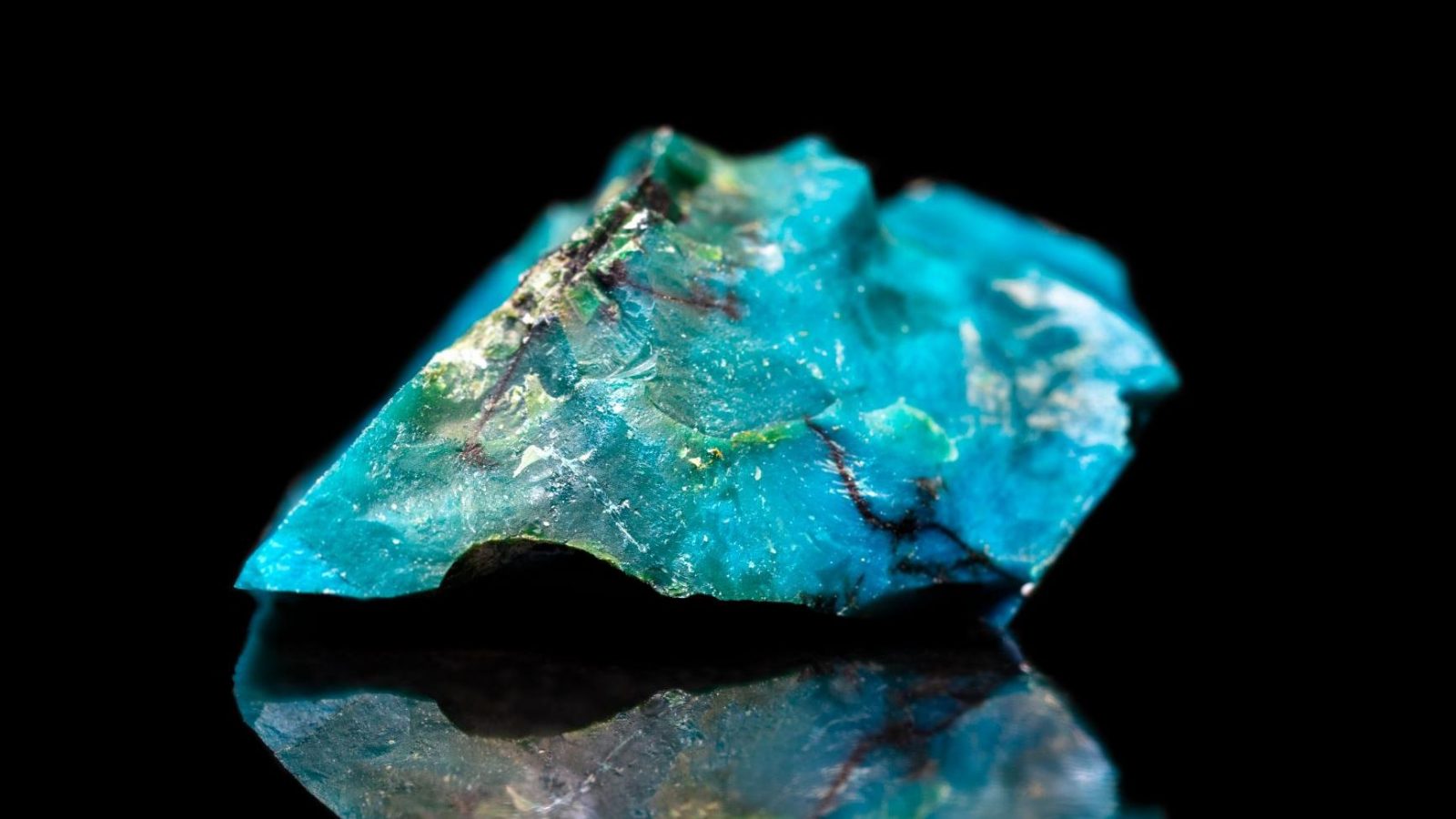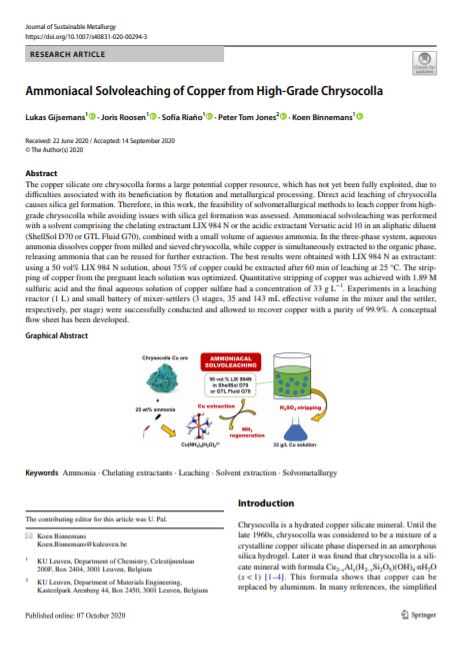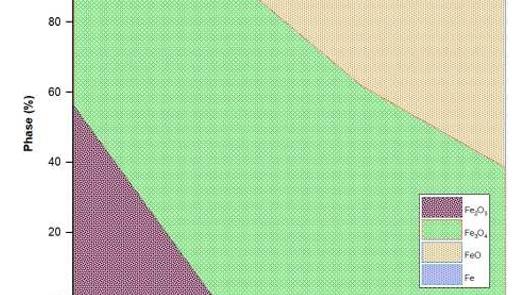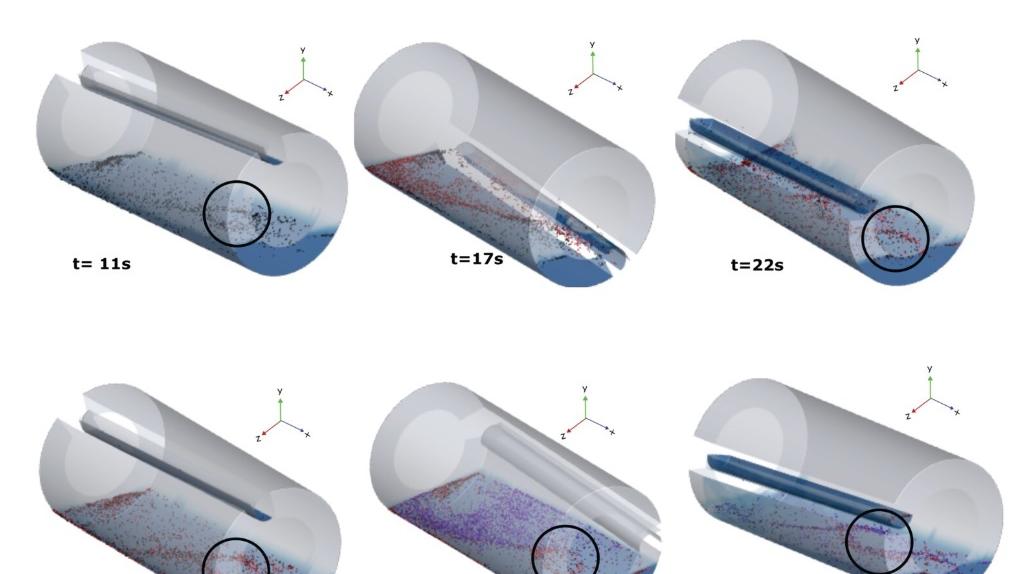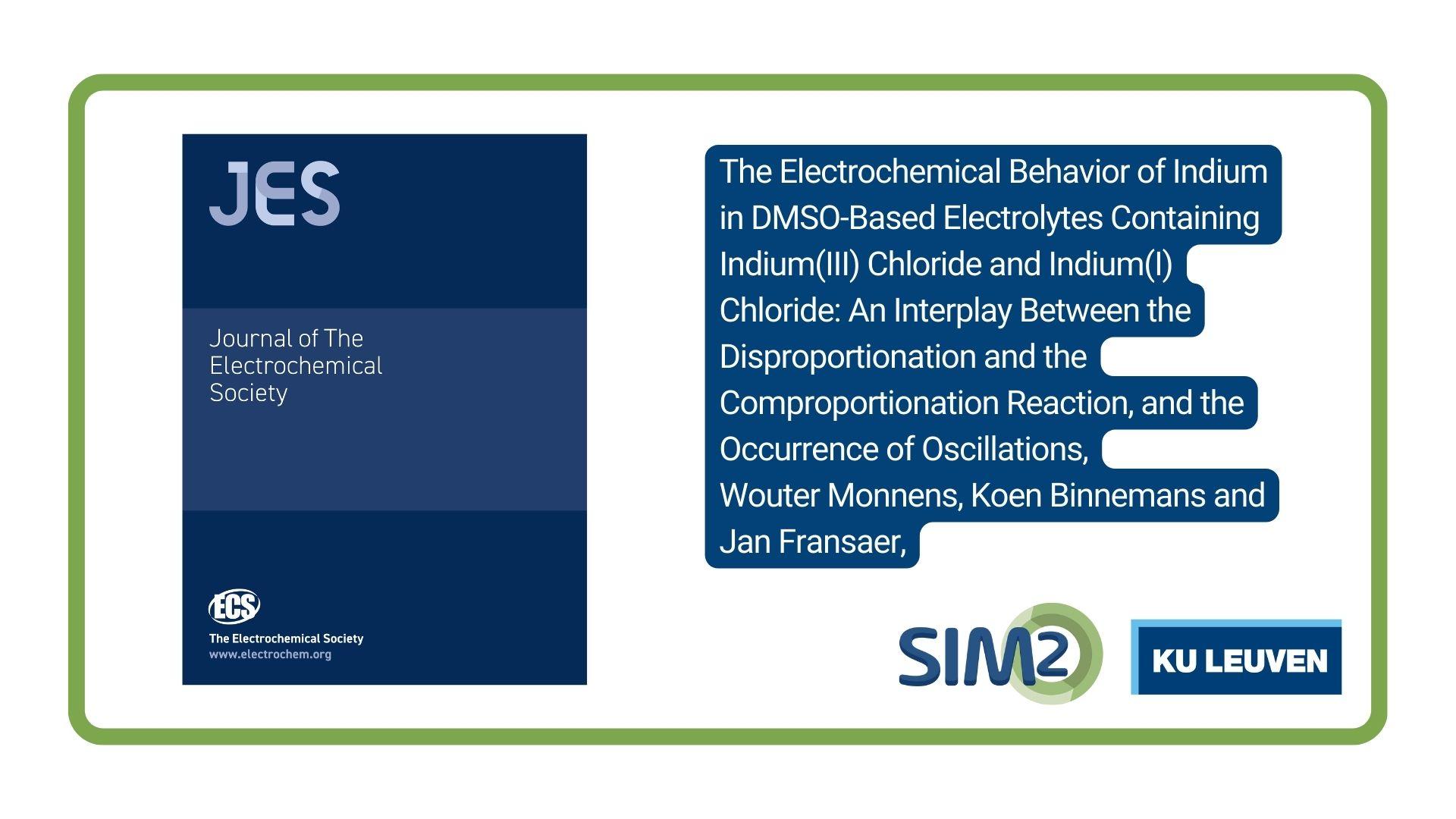SIM² KU Leuven/SOLVOMET researchers have developed an ammoniacal solvoleaching process to extract copper from high-grade chrysocolla copper silicate ores. The work, which can be considered as a prime example of “solvometallurgy”, was published as a Golden Open Access paper in the Journal of Sustainable Metallurgy.
Chrysocolla ore and the transition to e-mobility
Chrysocolla is a copper silicate ore (simplified formula: CuSiO3·2H2O) that represents a large potential copper resource. Chrysocolla is characteristic for the oxidation zone of porphyric copper deposits in a hot arid climate (e.g., Arizona, Peru, Chile), where chrysocolla occurs with other secondary copper minerals such as azurite, malachite, and cuprite. It also appears in other types of copper deposits, for instance in sedimentary rocks (sandstones) such as the Timna copper deposit in Israel, where chrysocolla is the main copper ore. Likewise, chrysocolla is a copper mineral in the Katanga Copperbelt of DR Congo.
Despite being present in many parts of the world, the potential of chrysocolla as a source of copper has not really been exploited. This is a real pity as copper is in high demand for the on-going transition to electric mobility, which forms a cornerstone of both the EU Green Deal and the global transition to a climate-neutral society.
Silica gel formation
Why are chrysocolla copper ores not yet commercially exploited? This is mainly due to technical difficulties associated with its beneficiation by flotation and the subsequent metallurgical processing. In a nutshell: direct acid leaching of chrysocolla causes silica gel formation. This phenomenon is not only problematic for filtration of the pregnant leachate that is obtained after acid leaching, but it can also cause issues with crud formation in the subsequent solvent extraction step.
Ammoniacal solvoleaching
Therefore, SIM² KU Leuven/SOLVOMET researchers targeted the development of an alternative, solvometallurgical process that would not be jeopardised by the silica gel formation problem.
Ammoniacal solvoleaching was performed with a solvent comprising the chelating extractant LIX 984 N or the acidic extractant Versatic acid 10 in an aliphatic diluent (ShellSol D70 or GTL Fluid G70), combined with a small volume of aqueous ammonia. In the three-phase system, aqueous ammonia dissolves copper from milled and sieved chrysocolla, while copper is simultaneously extracted to the organic phase, releasing ammonia that can be reused for further extraction.
The best results were obtained with LIX 984 N as extractant: using a 50 vol% LIX 984 N solution, about 75% of copper could be extracted after 60 min of leaching at 25 °C. The stripping of copper from the pregnant leach solution was also optimised. Quantitative stripping of copper was achieved with 1.89 M sulphuric acid and the final aqueous solution of copper sulphate had a concentration of 33 g L−1.
Upscaling to mini-pilot level
Experiments in a leaching reactor (1 L) and small battery of mixer-settlers (3 stages, 35 and 143 mL effective volume in the mixer and the settler, respectively, per stage) were successfully conducted and allowed to recover copper with a purity of 99.9%. A conceptual flow sheet has been developed. The technology is ready for further upscaling and commercialisation.
Full reference of paper [Golden Open Access]
Lukas Gijsemans, Joris Roosen, Sofia Riaño, Peter Tom Jones, Koen Binnemans, Ammoniacal Solvoleaching of Copper from High-Grade Chrysocolla, Journal of Sustainable Metallurgy (2020).
This is a Golden Open Access Paper, which can be downloaded for free from https://doi.org/10.1007/s40831-020-00294-3
Acknowledgements
The authors acknowledge KU Leuven (project C32/17/011) for financial support. The research leading to these results received funding from the European Research Council (ERC) under the European Union’s Horizon 2020 Research and Innovation Programme: Grant Agreement 694078—Solvometallurgy for critical metals (SOLCRIMET). The authors wish to thank Rene Wiersma (Shell Global Solutions Int. B.V., Amsterdam, The Netherlands) for providing samples of the diluents and for scientifc discussions.
Contact information
Companies interested in the ammoniacal solvoleaching technology can contact Dr. Peter Tom Jones (SOLVOMET/SIM² KU Leuven) for further technical information and potential collaboration opportunities. Follow SIM² on LinkedIn: https://www.linkedin.com/company/18118889
Solvometallurgy?
Solvometallurgy is to be considered as an emerging branch of extractive metallurgy. In contrast with hydrometallurgy, solvometallurgy employs non-aqueous solutions to extract metals from ores, industrial process residues, production scrap and urban waste. In order to position this emerging branch, Prof. Koen Binnemans (holder of ERC Advanced Grant SOLCRIMET – Solvometallurgy for critical metals) and Dr. Peter Tom Jones have authored a 31-page position paper to present the opportunities and challenges for this exciting development within the metallurgy domain. This Journal of Sustainable Metallurgy paper is an open access paper (J. Sustain. Metall. (2017) 3:570–600). It can be downloaded here.


